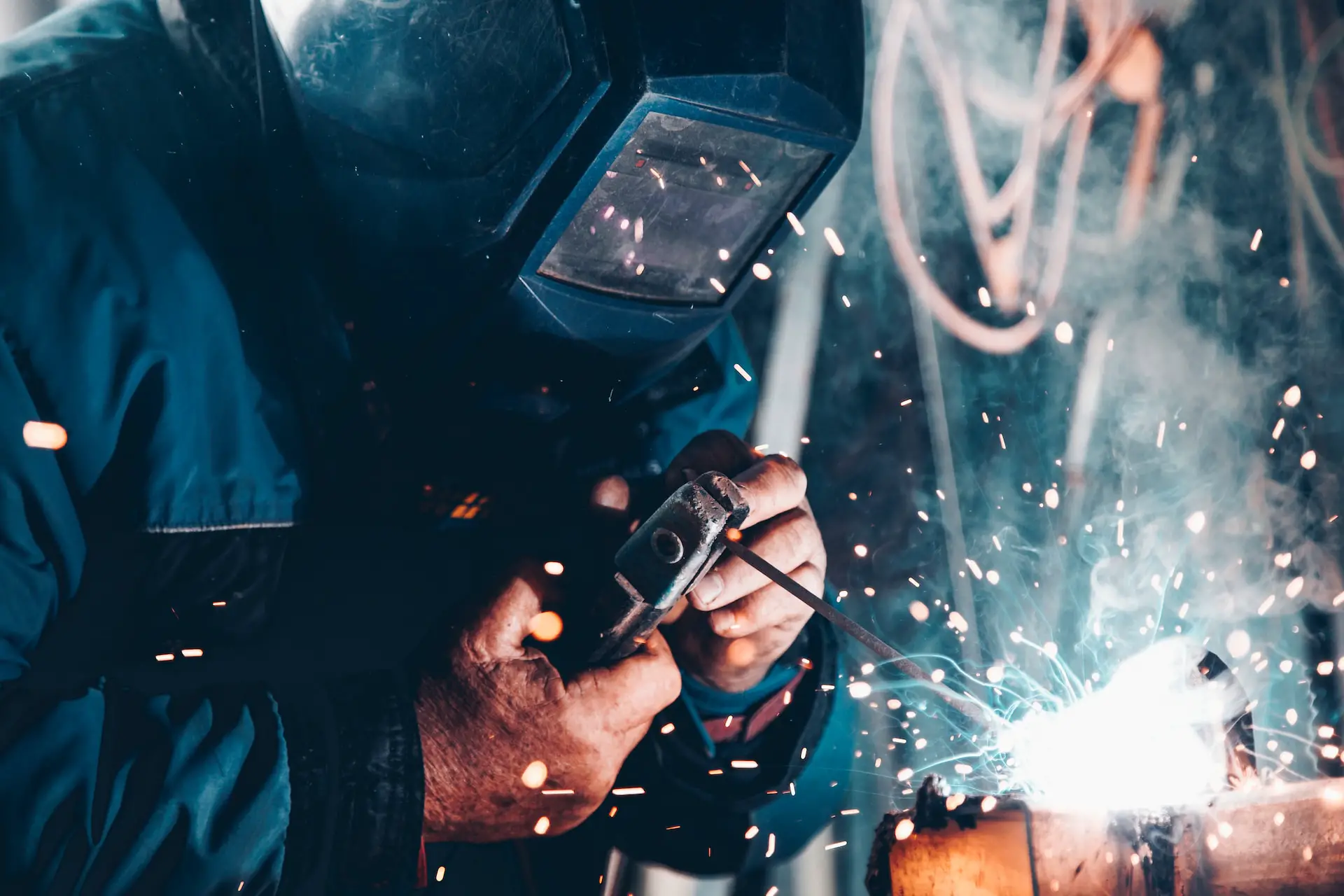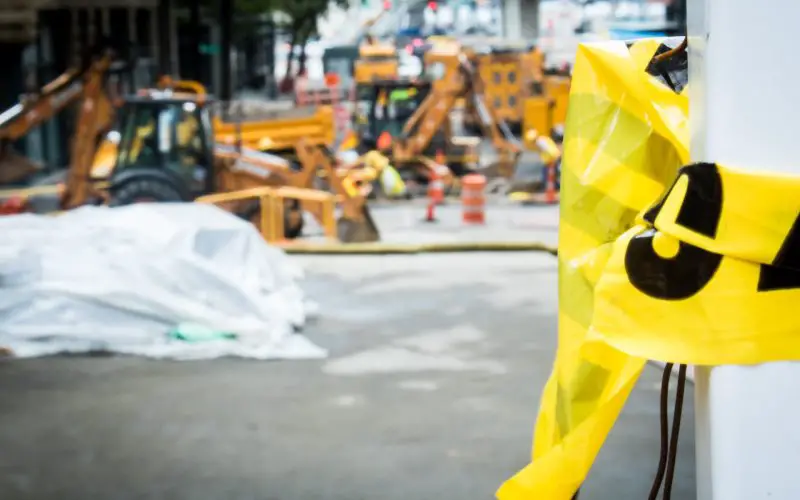Workplace accidents don’t just put the health of employees at risk, but they also have a significant impact on businesses in terms of valued time and resources spent. To prevent such costly and dangerous occurrences, it is crucial that companies take proactive steps to ensure worker safety.
If you don’t know where to get started, here are 8 business-saving steps to help you create strong prevention protocols in your workplace so that an accident doesn’t become catastrophic for your bottom line. Let’s dive right in!
Consult with an accident attorney
Every workplace is different and unique, so the best way to ensure that you are following all relevant laws and regulations for accident prevention is to have an experienced attorney on call. Especially if you or your employees are faced with a personal injury claim, the right accident attorney will help you navigate the complexities of the legal system. These legal professionals can also provide specific recommendations on how to make your workplace safer and compliant with all applicable laws. If you or your employees ever suffer an injury in the workplace, having an experienced attorney on your side can make a huge difference in how you are able to manage and handle such incidents.
Establish a safety culture in the workplace
Creating a safety culture in the workplace is crucial for the well-being of employees and the success of the company. A safety culture means incorporating safety into every aspect of the workplace and making it a top priority. Every employee must be involved, from management to front-line workers, to ensure that safety practices are followed consistently.
A safety culture also means providing training and resources to ensure employees have the knowledge and skills to safely perform their duties. When you create a safety culture in your workspace, everyone can feel empowered to speak up if they see an unsafe practice and work together to maintain a safe and healthy work environment.
Conduct regular safety training sessions
To make sure everyone is on the same page, it’s important to hold regular safety training sessions, ensuring that your employees are up-to-date on all relevant laws and regulations, as well as the company’s policies relating to accident prevention. Not to mention, these sessions can also be a great opportunity for employees to learn about potential risks in their specific workplace environment and how to best mitigate them.
Holding regular safety training sessions also serves as a reminder for employees that your company is serious about workplace safety and that their well-being is important.
Provide employees with safety gear and supplies
There’s no other way to say it: employers must provide their employees with all the necessary safety equipment and supplies needed to do their job safely. This includes items such as hard hats, protective eyewear, gloves, and other personal protective equipment (PPE).
Of course, you want your workplace to be stocked with first-aid kits in case of any minor injuries or medical incidents that may arise. You should also make sure that areas of the workplace are well-lit, and that all potential hazards have been identified and addressed.
Ensure proper maintenance of equipment and tools
Equipment and tools are the backbone of any operation. They are an investment that requires care and maintenance to keep them in good condition. When they are not properly maintained, they can cause malfunctions and defects, leading to costly repairs and safety hazards.
Simple practices like cleaning, lubricating, and replacing worn-out parts can go a long way in extending the lifespan of these valuable assets. In addition, proper training of operators on the use and maintenance of equipment and tools can minimize the risk of breakdowns and accidents. As they say, prevention is better than cure, so let’s take care of our equipment and tools to prevent malfunctions and defects.
Post visible warning signs around the workplace
In a world full of potential hazards, take every precaution possible to keep ourselves and others safe. That’s why it’s so important to post visible warning signs around the workplace, alerting everyone to any potential dangers that might be lurking around the corner. From slippery floors to electrical hazards, there are plenty of things we need to be aware of to stay safe. By placing these warning signs in strategic locations, we can ensure that everyone who comes to the workplace knows exactly what to look out for and how to avoid any dangerous situations.
Enforce a no-tolerance policy for substance abuse at work
A workplace should be a safe and productive environment for all employees, and substance abuse can disrupt both of those things. Therefore, you need to enforce a strict no-tolerance policy for substance abuse in the workplace. This policy should be effectively communicated to all employees, outlining the severity of the consequences for violating it.
Substance abuse can lead to impaired judgment and a lack of concentration, both of which can have disastrous consequences if an accident were to occur. Enforcing a no-tolerance policy ensures that the workplace is free from any potential dangers caused by substance abuse and keeps everyone safe.
Make safety a priority in your company culture
Safety should be the number one priority in any workplace. You should make sure that it is included in your company culture and ingrained into all aspects of your operations. When safety is prioritized, everyone from management to front-line workers takes ownership of their own safety and the safety of others.
Make sure you are regularly communicating with employees on the importance of safety and its role in the workplace. Make safety a priority and you will be on your way to creating an accident-free workplace.

Fostering an environment of safety in the workplace requires a multi-faceted approach. It is important to prioritize safety as a core value in your company culture and ensure that employees at all levels are engaged in maintaining a safe environment. Regular safety training sessions, provision of necessary safety gear, proper maintenance of equipment, visible warning signs, and a strict no-tolerance policy for substance abuse contribute to creating a safe and accident-free workplace. The result is a more productive and efficient workplace, where employees feel valued and protected.








